Image of 1962 Studebaker Hawk, sourced from en.wikipedia.org , Image Link.
Performance Metrics
Fundamental Metrics
Emotional Appeal
MMP Rating
| Engine Specifications | |
|---|---|
| Engine: | 289 cu in (4.7 L) V8 |
| Displacement: | 289 cu in (4.7 L) |
| Horsepower: | 210-225 hp |
| Torque: | 282-305 lb-ft |
| Compression Ratio: | 8.5:1 |
| Ignition System: | Conventional points ignition system |
| Cooling System: | Liquid-cooled |
| Performance Specifications | |
| 0-60 Time: | 10 seconds |
| 1/4 Mile Time: | 17.5 seconds |
| Top Speed: | 120 mph |
| Transmission and Drive | |
| Drive Type: | Rear-wheel drive |
| Transmission Type: | 3-speed manual, 4-speed manual, 3-speed automatic |
| Fuel and Efficiency | |
| Fuel System Type: | Carburetor |
| MPG: | 15-18 mpg |
| Dimensions and Brakes | |
| Brakes: | Drum brakes |
| Wheelbase: | 120.5 in |
| Weight: | 3,200 lbs |
Note: Specifications for classic cars are given to the best of our ability, considering the limited and variant data available.
Unveiling the 1962 Studebaker Hawk: A Blend of Elegance and Muscle
The 1962 Studebaker Hawk stands as a testament to a bygone era of automotive excellence, where style met performance in a dance of steel and chrome. Born out of the innovative minds at Studebaker, an American automobile manufacturer with roots dating back to the 19th century, this model was part of the Hawk series that began in 1956. As one of the final iterations before Studebaker's lamentable exit from the auto industry, the '62 Hawk carries with it a bittersweet legacy. Notably, it was among the last vehicles to roll off the assembly line in South Bend, Indiana, before production shifted to Canada, making it a poignant piece of automotive history.
Design and Innovation: The Aesthetic Appeal of the '62 Hawk
The exterior of the 1962 Studebaker Hawk exudes a sense of restrained aggression, with its long hood and short rear deck hinting at the power beneath. The vehicle's design was a harmonious blend of European influence and American muscle, featuring a low-slung profile and a distinctive grille that set it apart from its contemporaries. Inside, occupants were greeted by an interior that showcased Studebaker's commitment to quality. Rich materials and thoughtful ergonomics made for a comfortable yet engaging cabin experience. Technologically, the Hawk was ahead of its time with features like front disc brakes being available—an uncommon option for vehicles in its class during that period. Color options ranged from subtle to vibrant, with choices like "Champagne Gold" and "Skytop Silver" being popular among enthusiasts. The most iconic body style was arguably the Gran Turismo (GT), which boasted additional refinements and has since become synonymous with the model's enduring appeal.
Historical Significance: The Hawk's Legacy
The 1962 Studebaker Hawk carved out its niche in an era dominated by big-name manufacturers. It wasn't just another car; it was Studebaker's valiant effort to stay relevant in a rapidly changing market. The Hawk's blend of luxury and performance made it unique, offering an alternative to buyers who sought something different from what Detroit's Big Three were offering at the time. Its lasting influence can be seen in how it bridged the gap between personal luxury coupes and muscle cars—a segment that would explode in popularity later in the decade.
Performance and Handling: The Thrill of Driving a '62 Hawk
Underneath its hood, the 1962 Studebaker Hawk could come equipped with various V8 engines, culminating in the potent R2 supercharged powerplant capable of delivering exhilarating performance for its day. With a top speed that could reach upwards of 120 mph and acceleration from 0-60 mph achievable within approximately 7 seconds with the right setup, it was no slouch on the road. Handling-wise, drivers could expect a firm yet responsive ride—typical for a car designed with sporting intentions. The symphony of its V8 engine provided an auditory backdrop that complemented every push of the accelerator pedal, while steering feedback allowed for an engaging drive that connected man with machine.
Ownership Experience: Living with a Classic
Owners of the '62 Hawk used their vehicles in various ways—from daily driving to weekend showpieces or even as contenders on the local drag strip. Maintenance is typical for cars from this era; straightforward mechanicals make for relatively easy repairs but sourcing specific parts may pose challenges due to Studebaker's rarity.
Fun Facts: The Hawk's Trivia Trove
The '62 Hawk has graced both small screens and silver screens alike, adding to its pop culture credentials. While not known for breaking speed records, it did set sales records for Studebaker at launch. Criticisms often centered around its conservative styling evolution and competition from more mainstream models—but these very criticisms now underscore its appeal as a collector's item.
Collector's Information: Valuing the '62 Studebaker Hawk
Today, collectors cherish the 1962 Studebaker Hawk for its rarity and historical significance. Production numbers were limited as Studebaker neared its end—estimates suggest fewer than 10,000 units were produced. Current values vary widely based on condition and originality but can range anywhere from $10,000 for a project car to over $50,000 for concours-quality examples. As appreciation grows for unique models from lesser-known marques, values are likely on an upward trend.
Conclusion: Celebrating Automotive Heritage through the '62 Hawk
The 1962 Studebaker Hawk represents more than just metal, rubber, and glass—it encapsulates an era where innovation dared to defy convention. Its story is one of triumphs and tribulations—a microcosm of Studebaker's own journey through American industrial history. As we look back on this classic beauty, we're reminded why preserving these mechanical marvels is so important—they're not just cars; they're rolling chronicles of our past.
1962 Studebaker Hawk Catalog of Parts
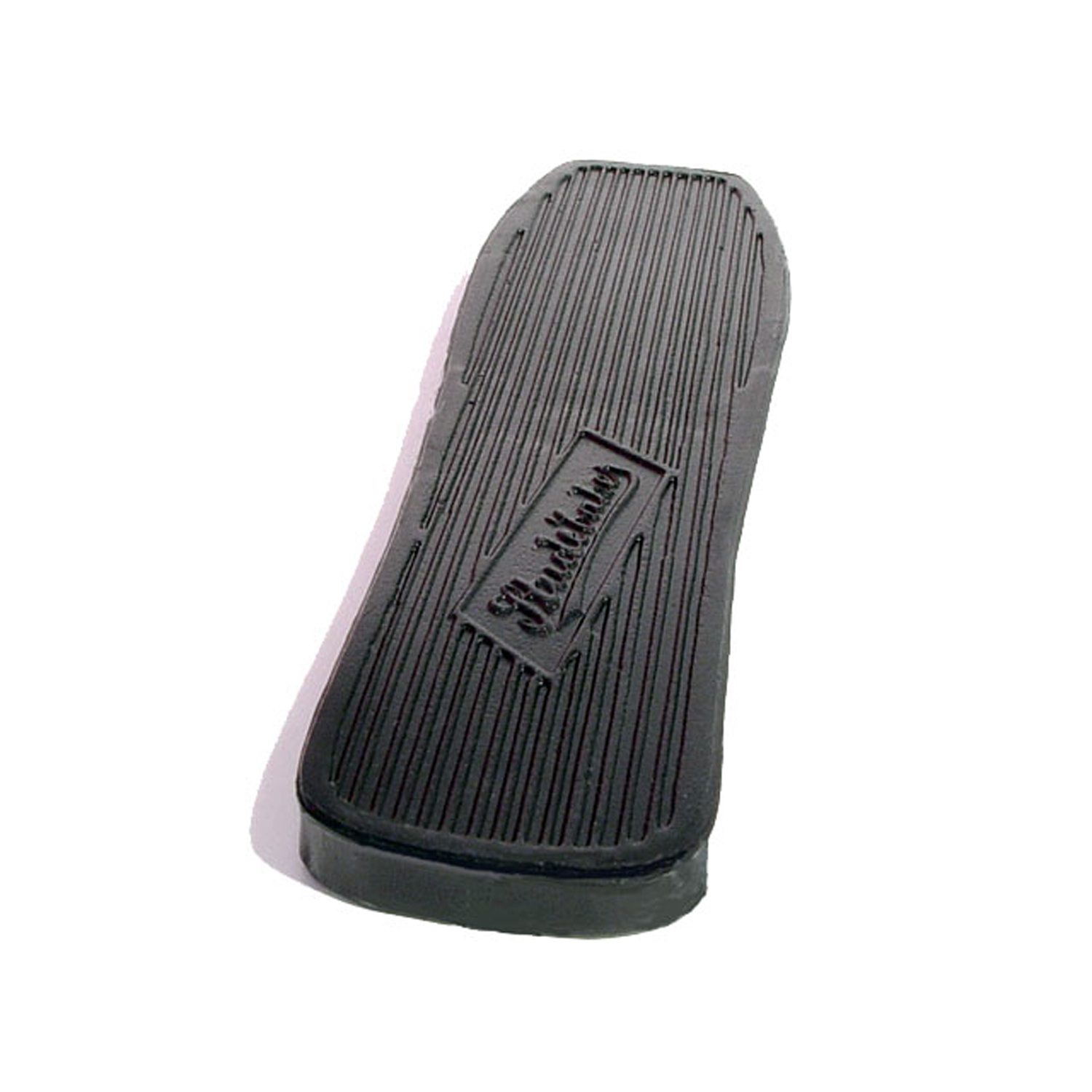 1962 Studebaker Hawk Accelerator Pedal Pad, 2-3/8" X 9", Each-AP 22Accelerator Pedal Pad, 2-3/8" X 9", Each
1962 Studebaker Hawk Accelerator Pedal Pad, 2-3/8" X 9", Each-AP 22Accelerator Pedal Pad, 2-3/8" X 9", Each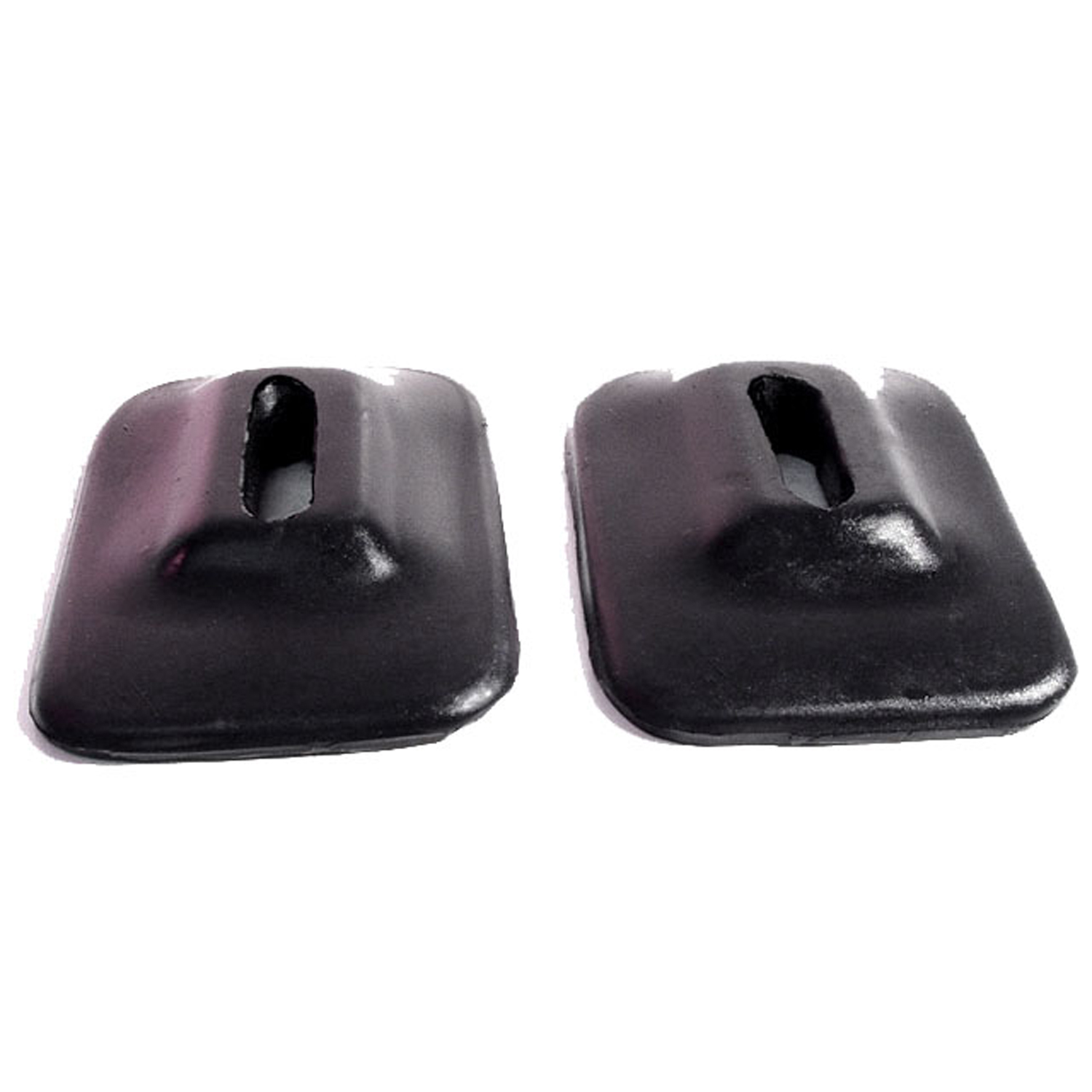 1962 Studebaker Hawk Front and Rear Bumper Arm Grommets-BG 45Front and Rear Bumper Arm Grommets. 2-3/4" wide X 4-1/8" long, with 1-5/8" long inner slot. Pair
1962 Studebaker Hawk Front and Rear Bumper Arm Grommets-BG 45Front and Rear Bumper Arm Grommets. 2-3/4" wide X 4-1/8" long, with 1-5/8" long inner slot. Pair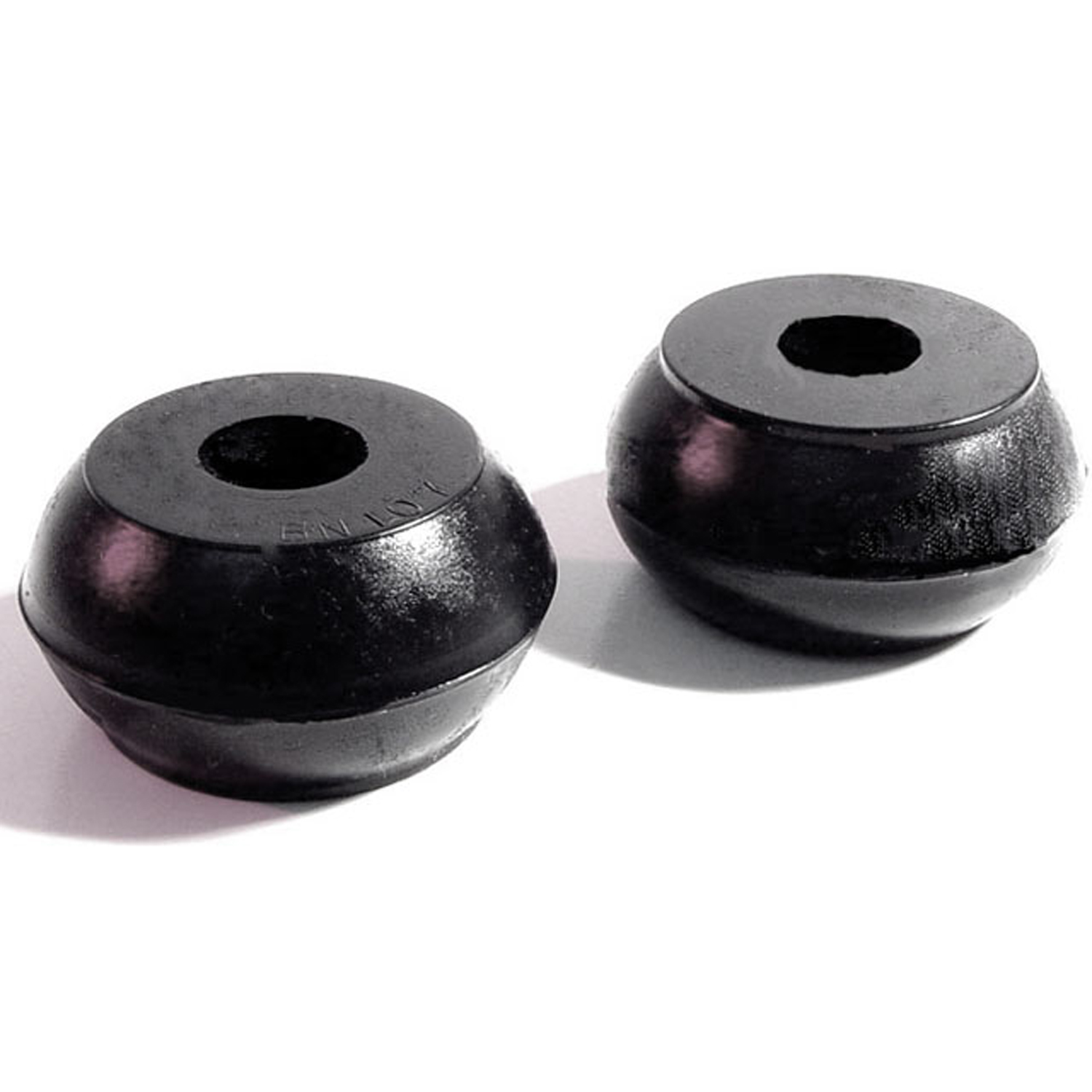 1962 Studebaker Hawk Power Steering Bushing. 1-9/16" O.D., 7/16" I.D. Pair-BN 107Power Steering Bushing. 1-9/16" O.D., 7/16" I.D. Pair
1962 Studebaker Hawk Power Steering Bushing. 1-9/16" O.D., 7/16" I.D. Pair-BN 107Power Steering Bushing. 1-9/16" O.D., 7/16" I.D. Pair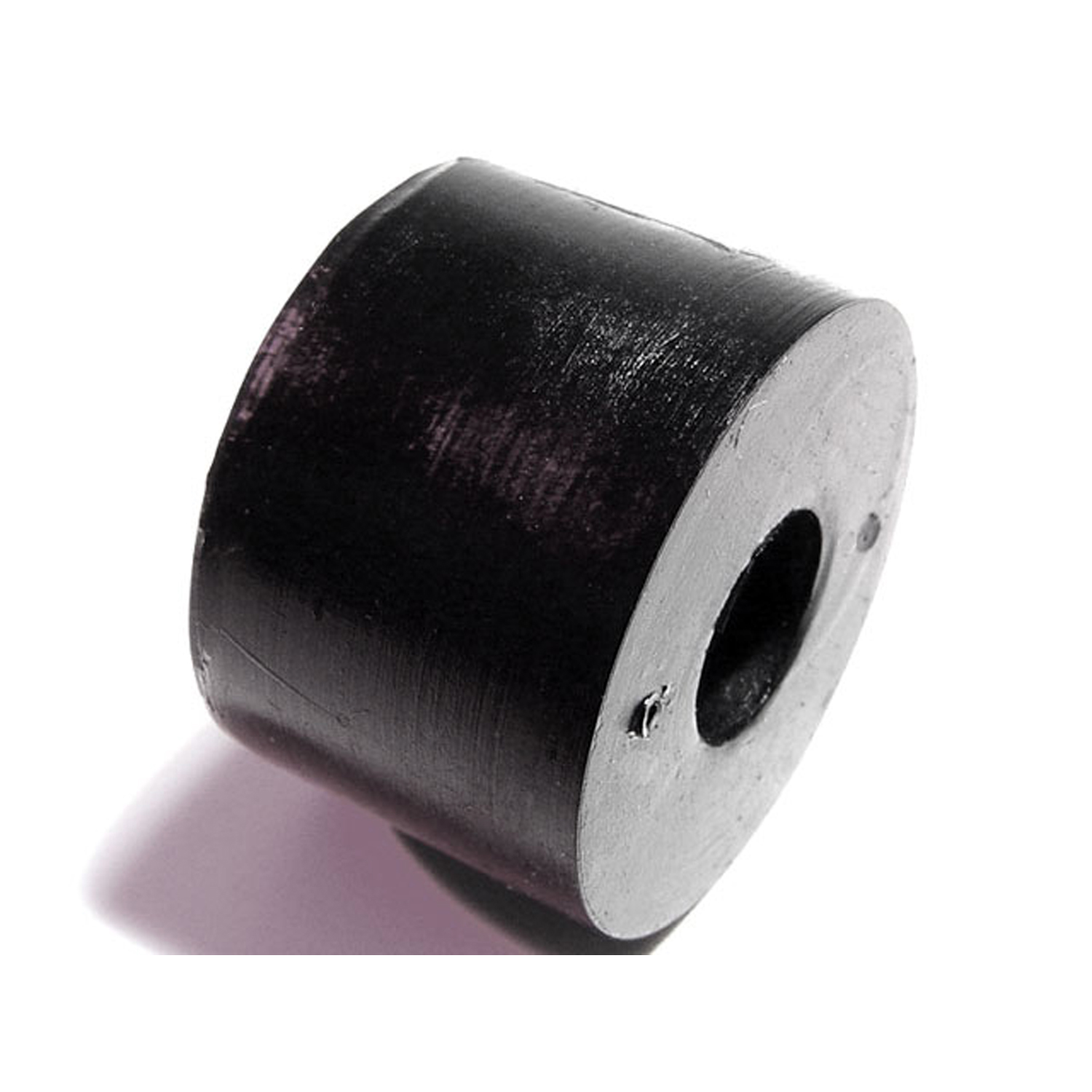 1962 Studebaker Hawk Shock Absorber Grommet. 1" bottom O.D., 5/8" high-BN 13Shock Absorber Grommet. 1" bottom O.D., 5/8" high., with 3/8" I.D. Each
1962 Studebaker Hawk Shock Absorber Grommet. 1" bottom O.D., 5/8" high-BN 13Shock Absorber Grommet. 1" bottom O.D., 5/8" high., with 3/8" I.D. Each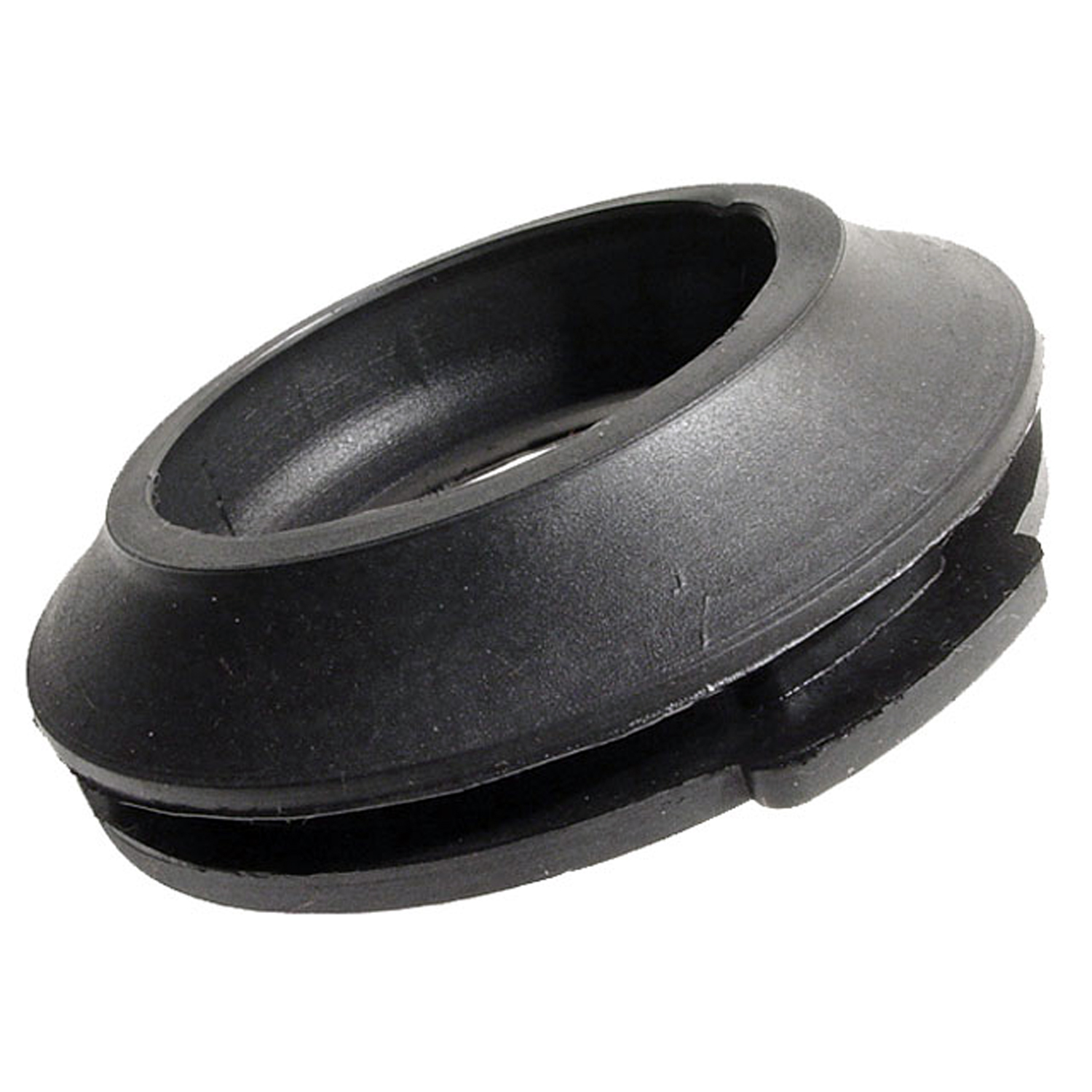 1962 Studebaker Hawk Gas Filler Grommet. Perfect reproduction. Top 2-1/16" I.D-GF 45Gas Filler Grommet. Perfect reproduction. Top 2-1/16" I.D., 3-7/16" O.D. Each
1962 Studebaker Hawk Gas Filler Grommet. Perfect reproduction. Top 2-1/16" I.D-GF 45Gas Filler Grommet. Perfect reproduction. Top 2-1/16" I.D., 3-7/16" O.D. Each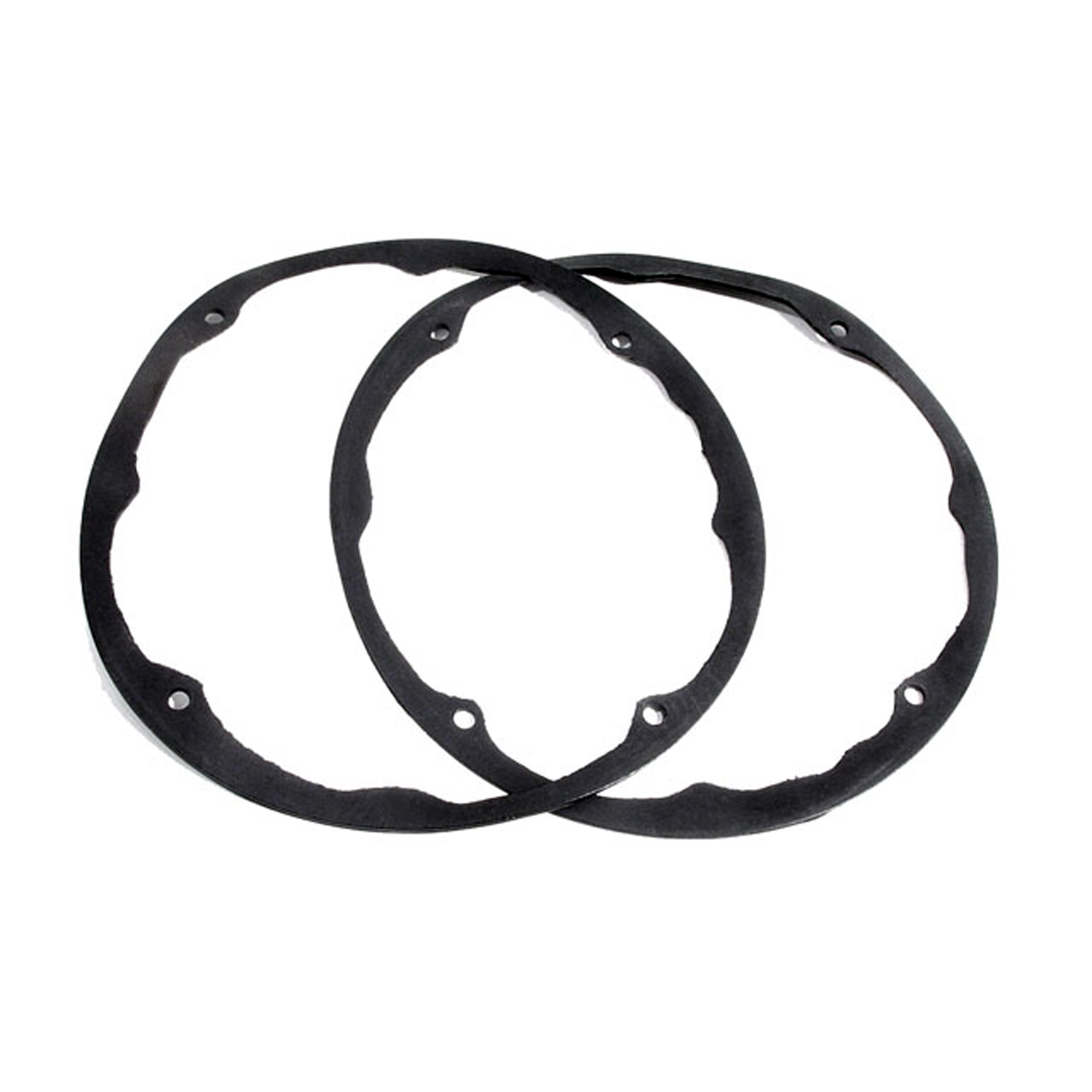 1962 Studebaker Hawk Headlight Ring Seal. 8-5/8" O.D., 7-7/8" I.D. Pair-HR 16Headlight Ring Seal. 8-5/8" O.D., 7-7/8" I.D. Pair
1962 Studebaker Hawk Headlight Ring Seal. 8-5/8" O.D., 7-7/8" I.D. Pair-HR 16Headlight Ring Seal. 8-5/8" O.D., 7-7/8" I.D. Pair 1962 Studebaker Hawk Mirror Pad. Similar to MP 965-B, check dimensions-MP 965-AMirror Pad. Similar to MP 965-B, check dimensions. 1" wide X 7" long. Each
1962 Studebaker Hawk Mirror Pad. Similar to MP 965-B, check dimensions-MP 965-AMirror Pad. Similar to MP 965-B, check dimensions. 1" wide X 7" long. Each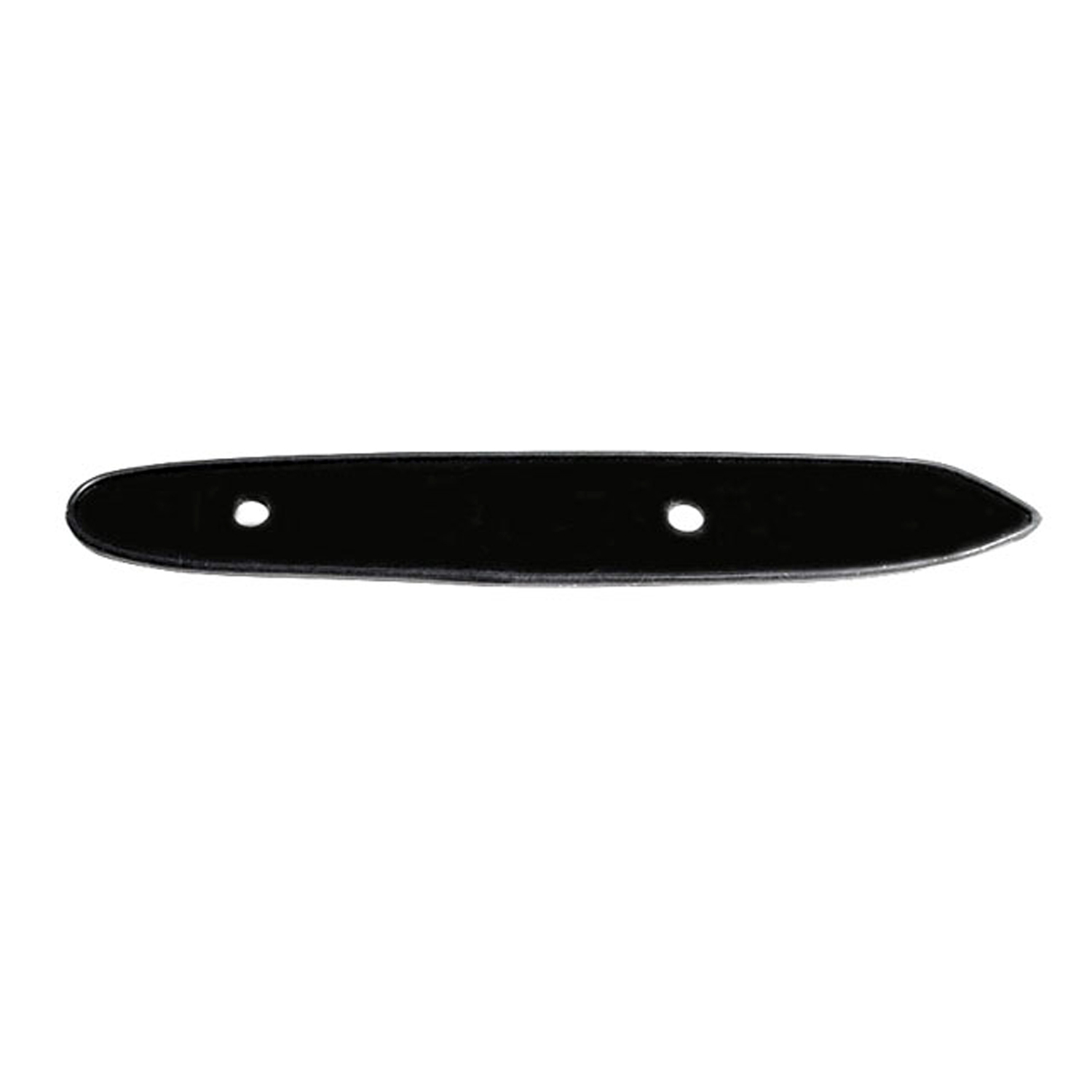 1962 Studebaker Hawk Mirror Pad. Similar to MP 965-A, check dimensions-MP 965-BMirror Pad. Similar to MP 965-A, check dimensions. 1-1/8" wide X 6-3/4" long. Each
1962 Studebaker Hawk Mirror Pad. Similar to MP 965-A, check dimensions-MP 965-BMirror Pad. Similar to MP 965-A, check dimensions. 1-1/8" wide X 6-3/4" long. Each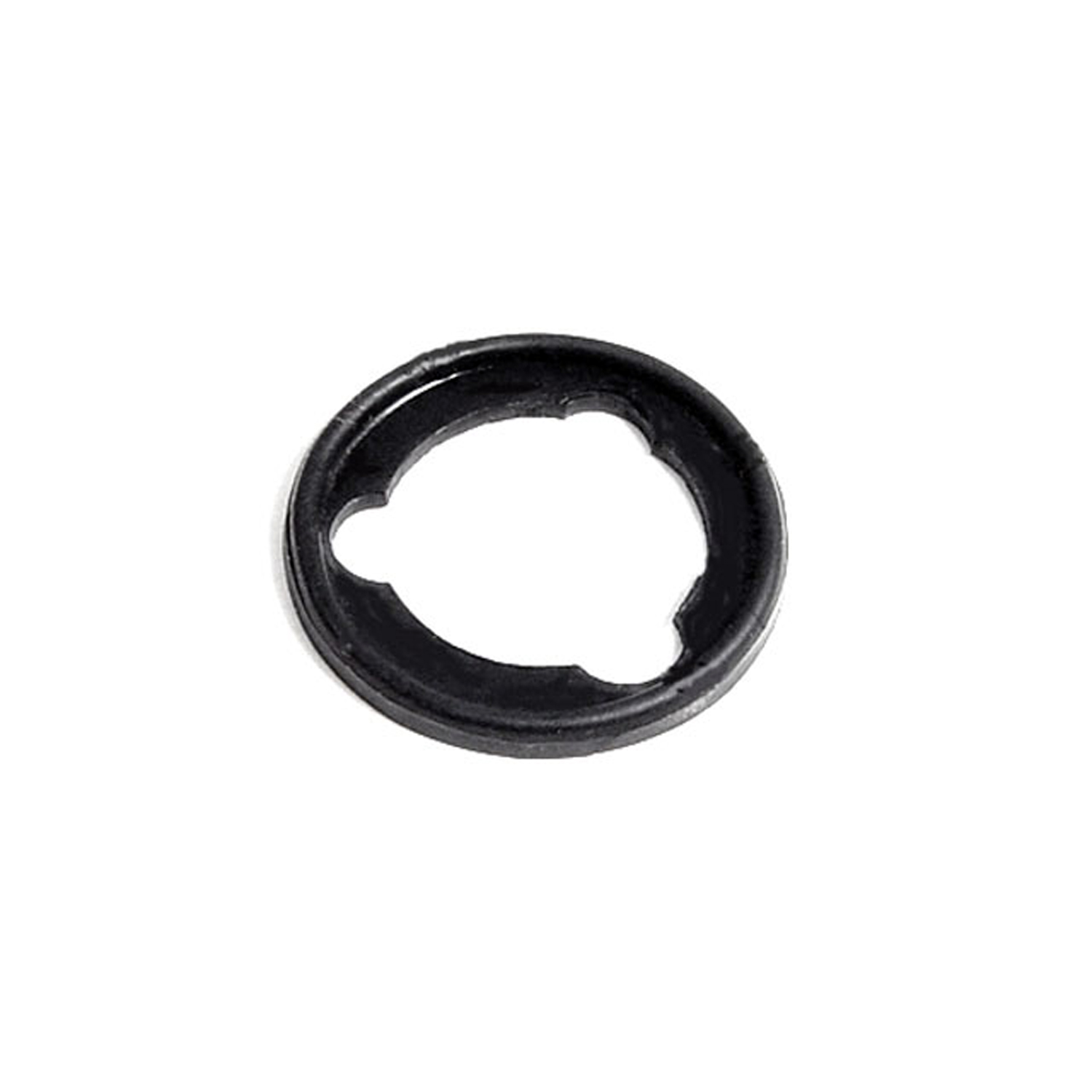 1962 Studebaker Hawk Door Lock Pad. 1-1/8" O.D. Each-MP 979Door Lock Pad. 1-1/8" O.D. Each
1962 Studebaker Hawk Door Lock Pad. 1-1/8" O.D. Each-MP 979Door Lock Pad. 1-1/8" O.D. Each 1962 Studebaker Hawk Rubber Seal Behind Fender on Headlights-MP 979-CRubber Seal Behind Fender on Headlights. 8-7/8" wide X 10" long. Pair
1962 Studebaker Hawk Rubber Seal Behind Fender on Headlights-MP 979-CRubber Seal Behind Fender on Headlights. 8-7/8" wide X 10" long. Pair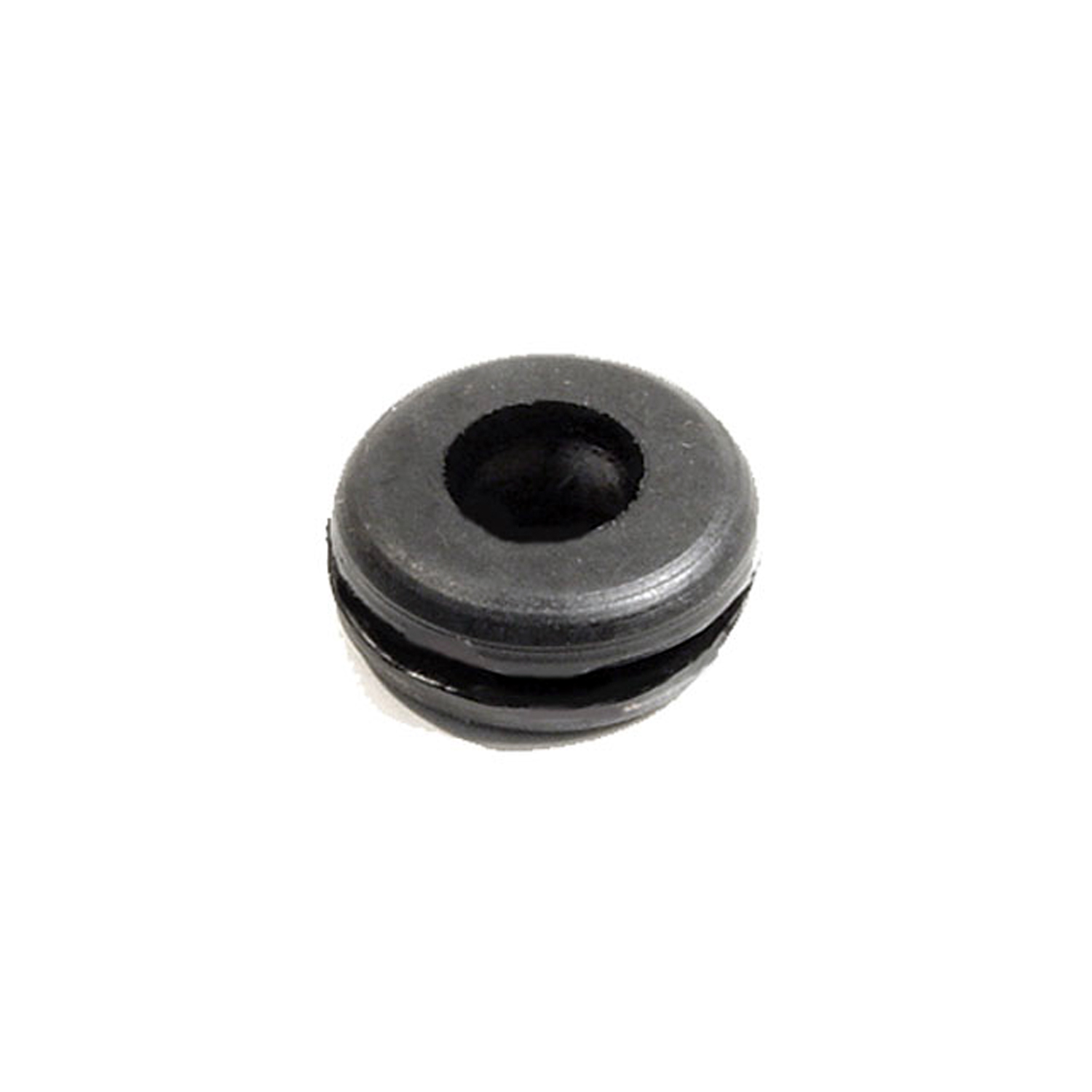 1962 Studebaker Hawk Headlight & Tail-Light Wire Grommet. 3/8" I.D., 7/8" O.D-SM 13-AHeadlight & Tail-Light Wire Grommet. 3/8" I.D., 7/8" O.D. Each
1962 Studebaker Hawk Headlight & Tail-Light Wire Grommet. 3/8" I.D., 7/8" O.D-SM 13-AHeadlight & Tail-Light Wire Grommet. 3/8" I.D., 7/8" O.D. Each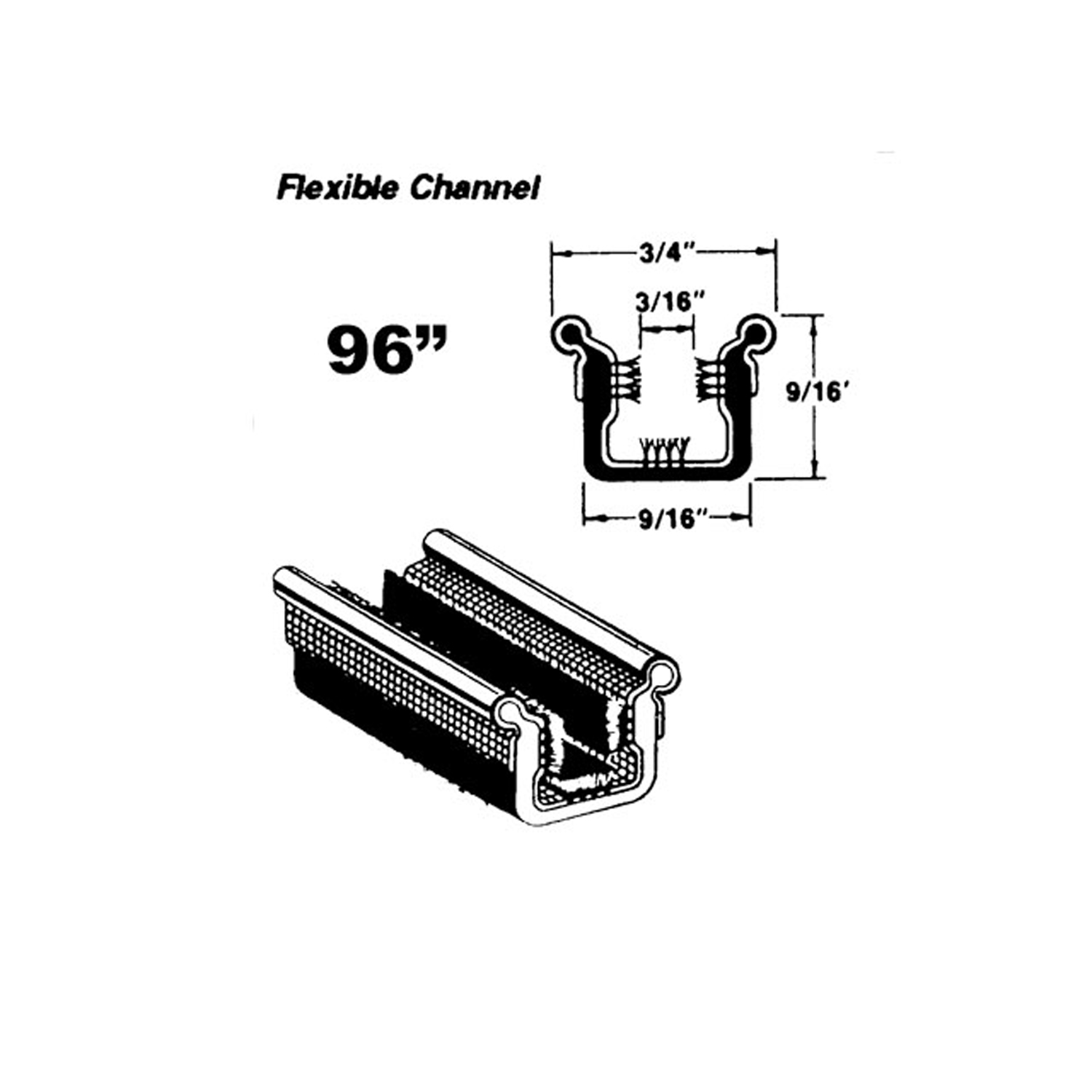 1962 Studebaker Hawk Flexible window channel-WC 10-96Flexible window channel. Rubber covered with mohair lining and stainless steel bead. 96 in. long. Each. NOTE: $20 special shipping charge applies for domestic orders. Call or email for overseas shipping costs. Part can be sectioned in two or three equal lengths to reduce overseas shipping costs.
1962 Studebaker Hawk Flexible window channel-WC 10-96Flexible window channel. Rubber covered with mohair lining and stainless steel bead. 96 in. long. Each. NOTE: $20 special shipping charge applies for domestic orders. Call or email for overseas shipping costs. Part can be sectioned in two or three equal lengths to reduce overseas shipping costs.Why Choose Metro?
For over 100 years, Metro Moulded Parts has been the pinnacle of quality in classic car restoration parts. Our commitment to precision and authenticity in every component ensures a perfect fit and an OEM-level appearance.
- Expert Craftsmanship & Quality: Each part is a testament to our dedication to reliability and perfection, crafted from original designs and thoroughly tested.
- Advanced Technology: We use cutting-edge techniques to create flawless, long-lasting parts that surpass others in performance.
- SuperSoft Sponge – The Ultimate Door Seal: Not only are our door seals 30% softer than competitors', but they're also guaranteed to never leak. They effectively reduce wind and road noise, enhancing your classic car's comfort and driving experience.
- Proudly American: Our parts are a product of American craftsmanship, made in the USA with a spirit of excellence and heritage.
- Unrivaled Warranty: We back our products with a 30-year industry-leading warranty, a testament to our confidence in their quality.
Join us in preserving the legacy of classic cars with parts that are crafted for perfection, not just made.

